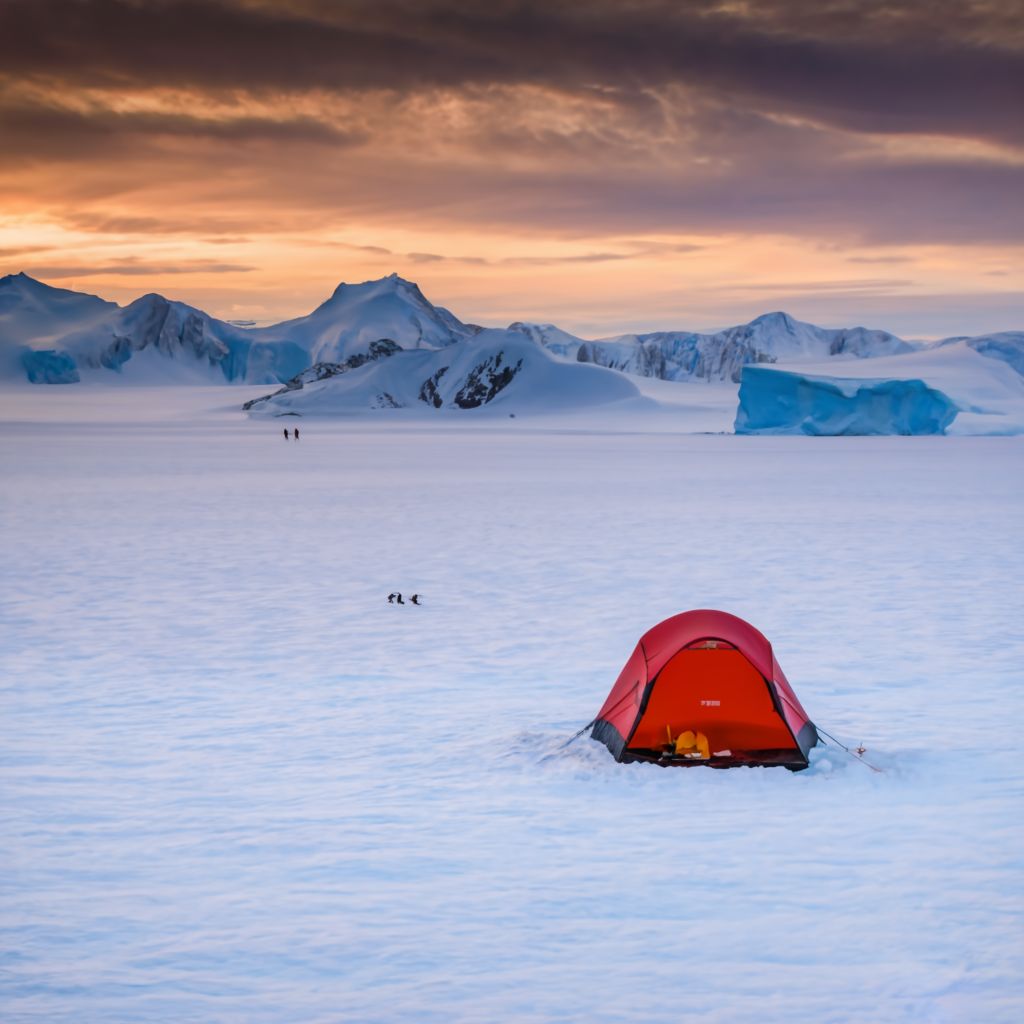
Antarctica is the world's largest desert
When you think of deserts, vast stretches of hot, sandy landscapes may come to mind. However, did you know that the largest desert on Earth is not a scorching hot expanse, but rather a frozen continent? Let's explore why Antarctica holds the title of the world's largest desert.
1. Defining Deserts:
Deserts are defined by their low precipitation levels, rather than their temperature. While hot deserts like the Sahara are well-known, cold deserts also exist in regions with little moisture and limited vegetation. Antarctica meets these criteria, making it the largest desert on the planet.
2. Cold and Dry:
Antarctica's climate is extremely cold and dry, with precipitation levels averaging less than 2 inches (50 millimeters) of snowfall per year in some parts. Despite its icy appearance, Antarctica receives less precipitation than many hot deserts, such as the Sahara or the Mojave.
3. Harsh Conditions:
The icy terrain of Antarctica presents harsh living conditions, with temperatures dropping well below freezing and strong winds sweeping across the continent. These extreme environmental factors, combined with the lack of moisture, create a landscape that is challenging for life to thrive in.
4. Importance of Ice:
While Antarctica's designation as a desert may come as a surprise, its vast ice sheets hold immense importance for Earth's climate and ecosystems. The continent's ice plays a crucial role in regulating global sea levels and ocean currents, influencing weather patterns and supporting unique Antarctic wildlife.
Conclusion:
In conclusion, Antarctica's designation as the world's largest desert highlights the diverse nature of deserts and challenges common perceptions of these environments. Despite its icy appearance, Antarctica's cold and arid conditions make it a desert of unparalleled proportions, shaping the continent's unique landscape and contributing to Earth's global climate systems.